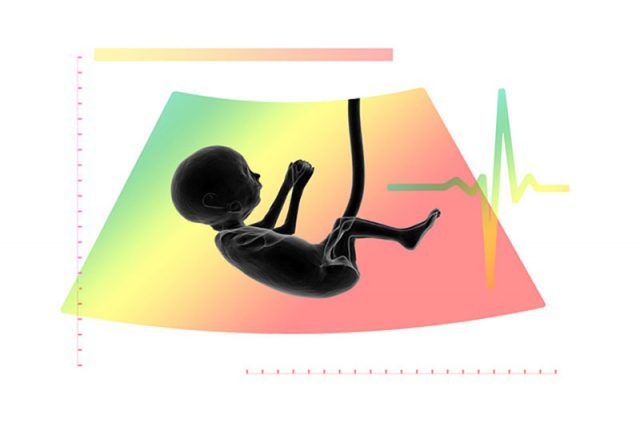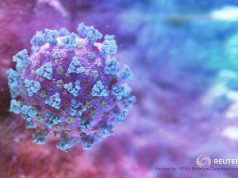The following is a summary of some recent studies on COVID-19. They include research that warrants further study to corroborate the findings and that has yet to be certified by peer review.
Placenta may shed proteins to keep virus out
The placenta may have a way to protect itself and the fetus from infection with the coronavirus, a small study suggests.
Researchers studied 24 women who gave birth between July 2020 and April 2021.
Eight had symptomatic COVID-19 in the second trimester, eight were sick from the virus in the third trimester, and eight were not infected during pregnancy.
When COVID-19 occurred in pregnancy, particularly during the third trimester, placenta cells appeared to “shed” a surface protein called ACE2 that the virus uses to break into cells and infect them, leaving fewer gateways for entry.
Women who had COVID-19 in the third trimester had high levels of an enzyme called ADAM17 that is known to help ACE2 release itself from the cell surface, the researchers reported in The American Journal of Pathology.
The placenta may be sensing the maternal COVID-19 infection “and possibly putting in place this mechanism to help shed off ACE2, prevent SARS-CoV-2 from invading the placenta and passing on to the fetus,” said Elizabeth Taglauer of Boston Medical Center.
Earlier studies have shown that placental cells become infected in only about 7% to 20% of pregnancies where the mother has COVID-19, Taglauer said.
When the virus does somehow get into the placenta, it rarely reaches the fetus, she added.
Her team plans further studies of “protection pathways” that may be keeping the virus out of placental cells and away from fetal blood vessels.
COVID vaccines safe in rheumatic, musculoskeletal diseases
COVID-19 vaccines appear to be safe for people with rheumatic and musculoskeletal diseases and are likely to trigger flares – a sudden worsening of symptoms – in less than 5% of cases, researchers have found.
The findings were based on data from 5,121 patients in 30 countries.
Severe flares occurred in fewer than 1% of patients after vaccination, they found.
Overall, flares were more likely to occur in patients with active disease, according to a report published in Annals of the Rheumatic Diseases.
“However, it is important to note that flares can occur as part of the … disease, and the observed percentages of flare would be compatible with the natural history of the disease rather than necessarily caused by vaccines against SARS-CoV-2,” said Dr. Pedro Machado of University College London.
The average study participant was 72 years old, and most were women.
Many had inflammatory joint diseases, connective tissue diseases or vasculitis and were receiving various combinations of disease-modifying antirheumatic drugs, immunosuppressants, and other medications.
Most had received the Pfizer/BioNTech vaccine (70%), followed by shots from AstraZeneca (17%) and Moderna (8%).
“Our findings should provide reassurance to rheumatologists, other health professionals and vaccine recipients, and promote confidence in the safety of COVID-19 vaccination in people with inflammatory rheumatic diseases,” Dr. Machado said.
Peer-review does not lead to major changes in “preprints”
Two studies published on Tuesday in PLoS Biology suggest that papers posted on so-called preprint servers before undergoing formal peer review do not change significantly before publication in medical journals.
One study compared more than 180 reports posted during the first four months of the pandemic on the preprint servers medRxiv and bioRxiv to the versions eventually published in peer-reviewed journals.
Roughly 83% of COVID-related papers and 93% of non-COVID-related papers did not change from their preprint to final published versions, they found.
When the researchers did identify changes, in the majority of cases those changes did not qualitatively change the conclusions of the paper, they said.
The other study used machine learning to analyze the relationships between nearly 18,000 preprints on the bioRxiv server and their published versions.
Most manuscripts had only modest changes in wording during the peer-review and publication process, the researchers found.
—Reporting by Nancy Lapid; Additional reporting by Marilynn Larkin; Editing by Bill Berkrot










